Richard W. Horobin, Associate Editor, Biotechnic & Histochemistry, writes:
Scientific frauds involving high-prestige institutions, public enquiries and dismissals can become media events. Retractions of published papers by senior authors or publishers, not so much — although this has increased markedly in the past 20 years. Even less appreciated is scholarly work demonstrating and assessing the level of those “errors” in the scientific literature which rarely attract attention in the general or scholarly media. Such errors may be innocent of malicious intent, due to simple mistakes, bad techniques or incompetence. Other errors clearly suggest fraud.
One type of error is image fraud, obviously of concern to the BSC’s image-rich house-journal Biotechnic & Histochemistry. To illustrate the problem, imagine looking at a panel of images, perhaps histopathological micrographs or Western blots. Imagine that two images, supposedly arising from different times etc., are identical. You may have spotted an error, perhaps “innocent” in the above sense. Now imagine you notice an image has been repeated, but the copy is upside down. Or that part of an image is repeated, but at a different magnification. Or that an image supposedly of a single object, say a gel or cell smear, consists of visibly distinct sections joined together. This time you might well wonder, “image fraud”?
Are such errors frequent? An investigation of over 20,000 papers in 40 journals found 4% of papers contained image errors, half of which had features suggesting image fraud (Bik et al. 2016). The distribution of such errors is not random (Bik et al. 2016, Fanelli et al. 2019). Some risk factors were at an institutional level, e.g., lack of scientific misconduct policies or use of cash incentives for publication. Other risk factors were at the level of individual authors. Multiauthor papers whose investigators were based in different institutions contained more errors than if authors worked in the same institution. Moreover, authors of papers containing an error was more likely than average to have their name on other paper containing errors. In the middle range of causality, some journals were riskier than others. In one journal 12% of the papers contained errors! High impact journals did have a lower-than-average proportion of their papers containing errors, but even here there were still errors.
So, what can be done? Institutional policies such as rejecting payment for publication can be abandoned; misconduct policies can be established, and implemented. Journals can educate their reviewers to be more aware and critical regarding image fraud. It being the 21st century, software developers are on the job, attempting to generate packages to scan manuscripts and flag up possible errors. And yet — despite growing responses of this kind — the problem itself may, as yet, be expanding faster. So, readers of the literature too have a direct role of noticing, and commenting on, errors and possible fraud.
References
Bik EM, Casadevall A, Fang FC. 2016. The prevalence of inappropriate image duplication in biomedical research publications. mBio. 7(3):e00809-16.
Fanelli D, Costas R, Fang FC, Casadevall A, Bik EM. 2019. Testing hypotheses on risk factors for scientific misconduct via matched-control analysis of papers containing problematic image duplications. Sci Eng Ethics. 25:771–789.
